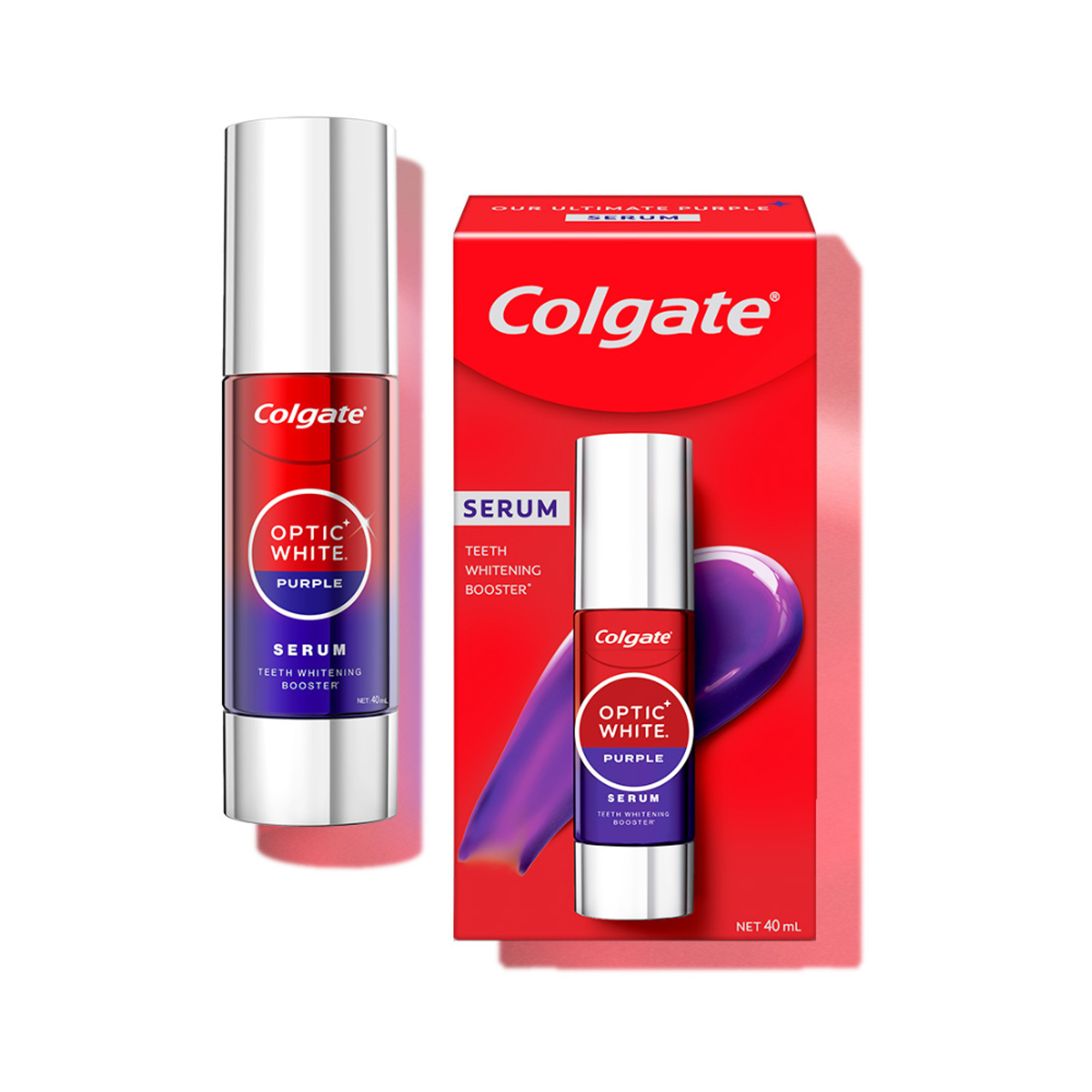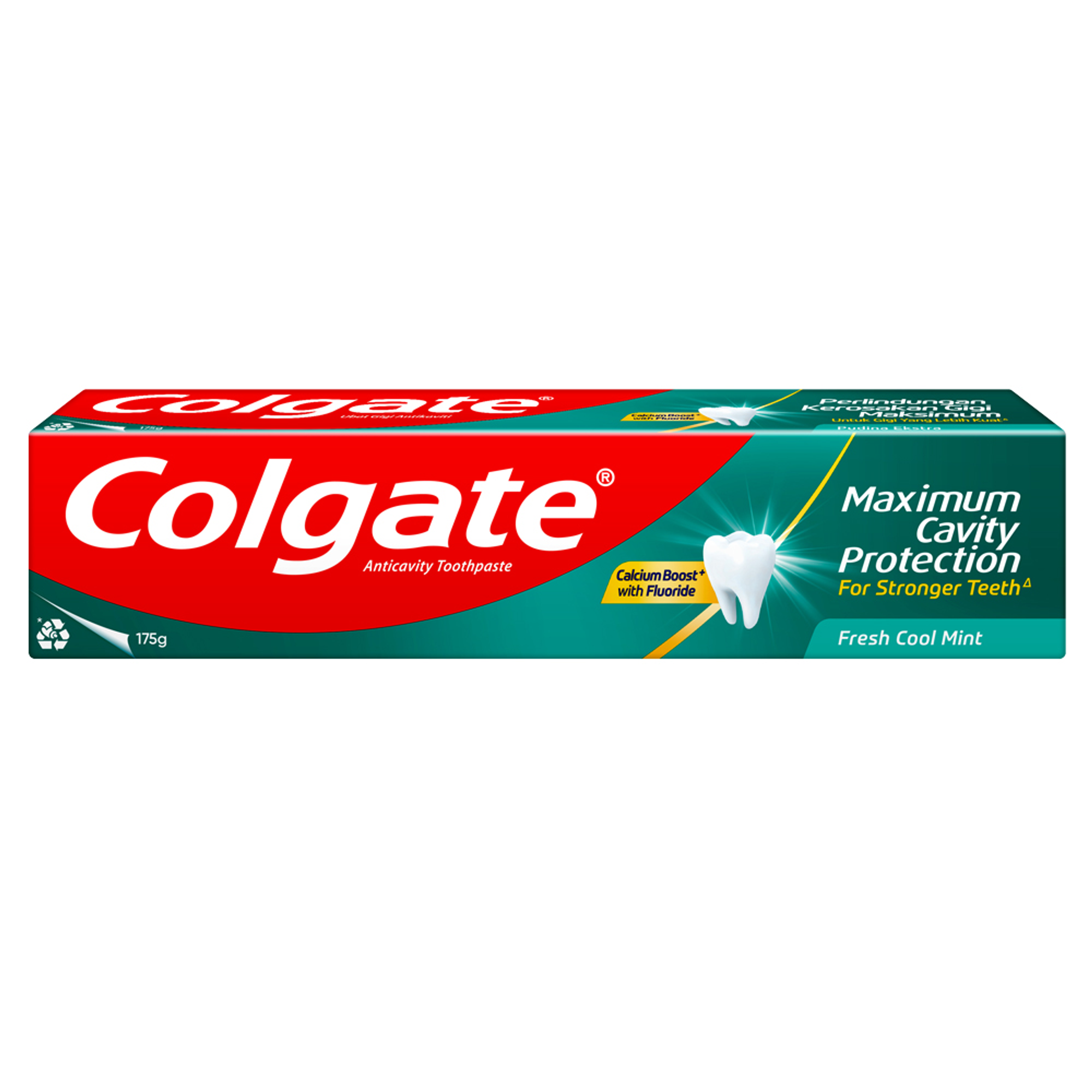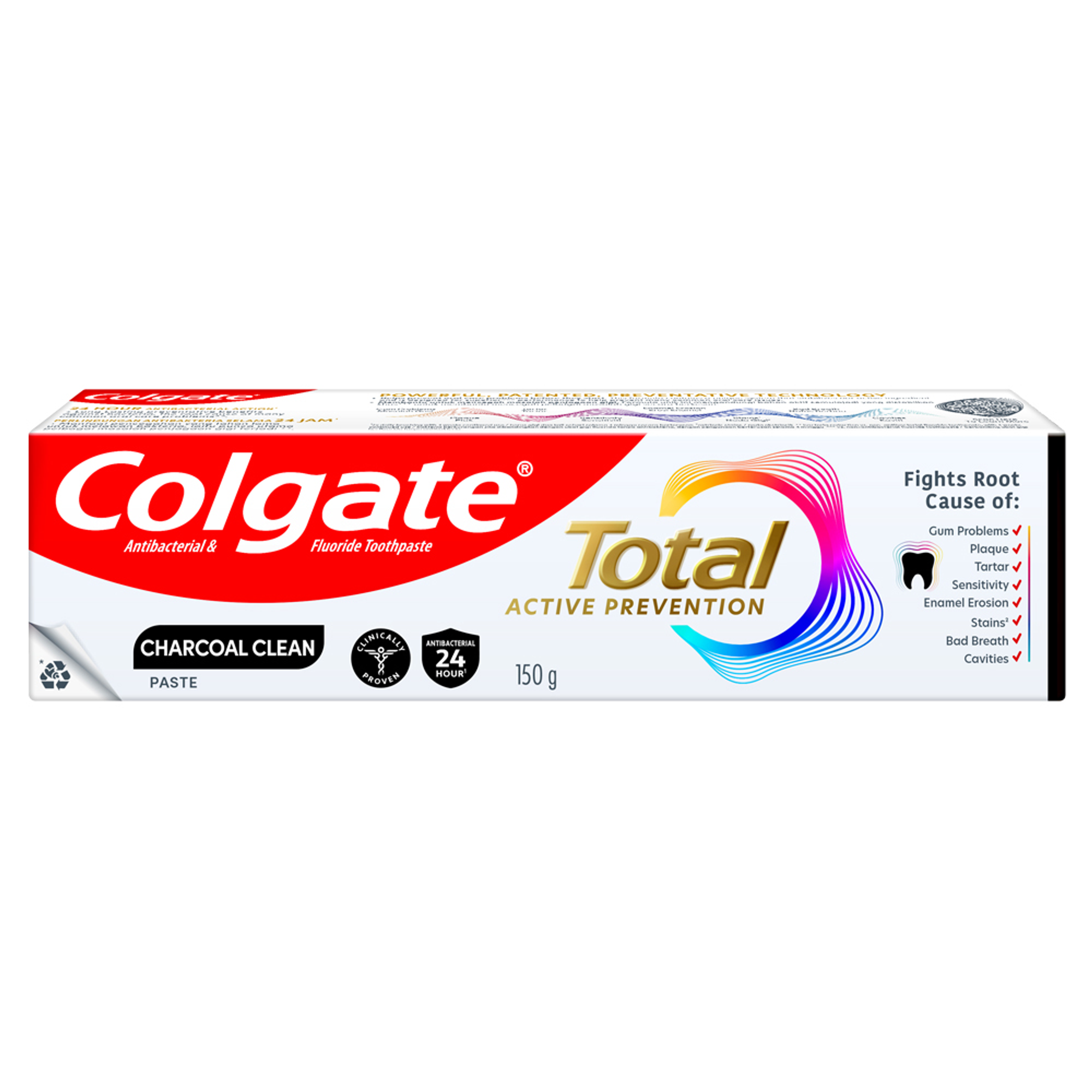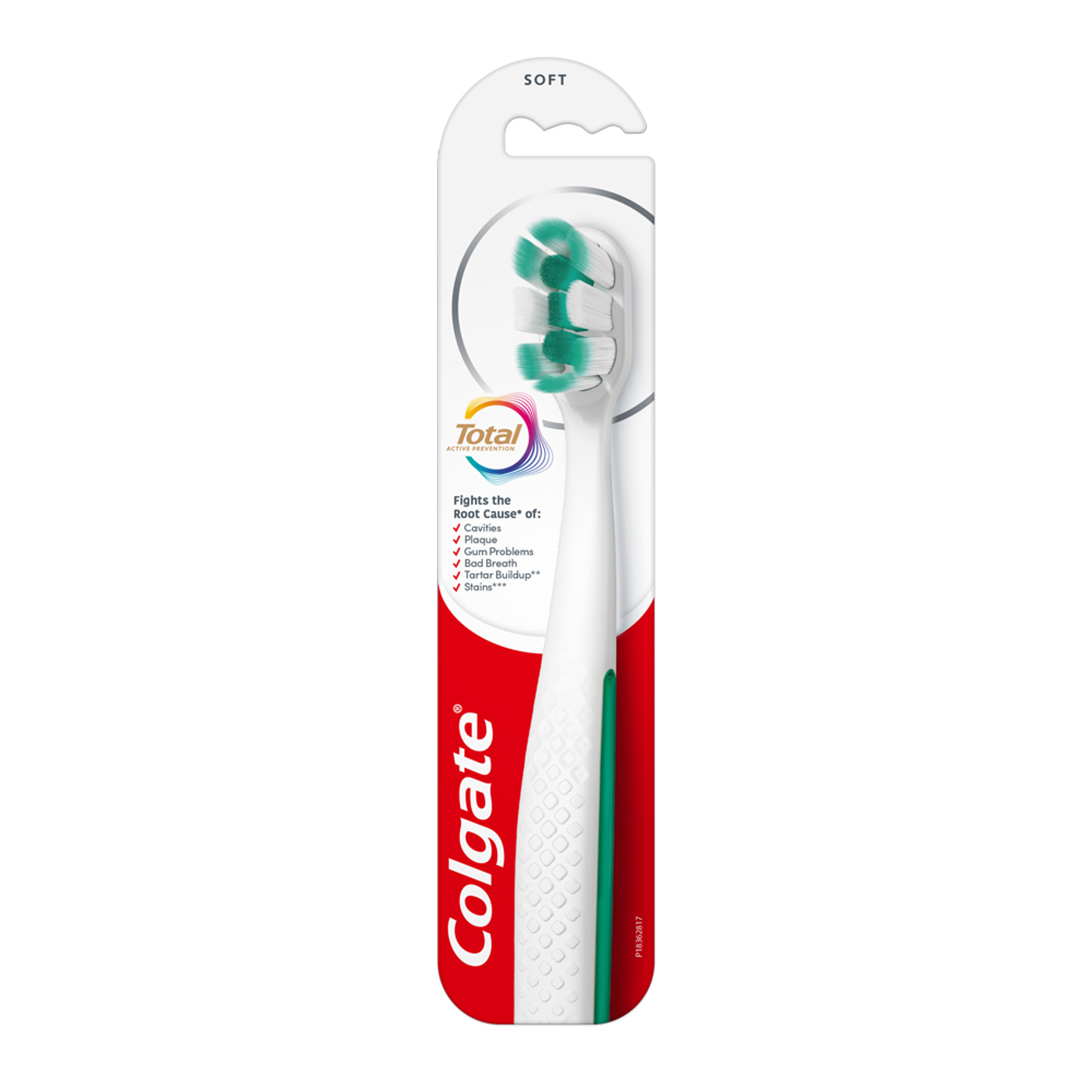-
-

FLUORIDE
Discover how stannous fluoride toothpaste prevents cavities and other oral health issues. Learn the key benefits of fluoride for teeth and its best uses.Fluoride plays a vital role in oral healthcare...

TEETH WHITENING
Teeth Whitening Serum for a Brighter, Confident SmileWho does not want whiter and brighter teeth? Thanks to the many teeth-whitening products available today...
-
Science & Innovation
- Colgate® | Toothpaste, Toothbrushes & Oral Care Resources
- Oral Health
- The Best Flossing Tools For A Healthy Smile


Flossing 101
While your ancestors used everything from toothpicks, hair or string (and many people still do!) to wiggle out hard-to-reach debris between teeth, it wasn't until the early 19th century that dental floss, then made of silk, caught on. In 1819, Levi Spear Parmly, a New Orleans-based dentist, published his book, A Practical Guide to the Management of the Teeth, and noted that well-cleaned teeth prevent tooth decay, according to TIME Magazine. This is a no-brainer today, but Parmly's work superseded the common understanding of dental hygiene of that period.
Flossing is a standard guideline, promoted by Ministry of Health (MOH) as a necessary part of oral care starting from young.
Unfortunately, many people disregard this wisdom. Ms Kimberly Chim, Oral Health Therapist from National Dental Centre Singapore, estimates that only three in every 10 people floss regularly at night, as quoted in this article. But common or uncommon, it's integral to preventing tooth loss and gum disease.
Standard Floss: Waxed vs. Unwaxed
What is the difference between waxed and unwaxed floss, even if it's just a preference? Nylon floss comes in both varieties, and there are some pros and cons to each. Waxed floss glides more easily between teeth, snaps less often and is softer against your gum line. Unwaxed floss can be more effective in parsing out fine debris particles and for reaching between crowded teeth, but it can snap and snare on teeth. Floss may shred when you have rough surfaces in your mouth, such as uneven teeth, old fillings or braces. Likewise, constant snaring may injure gums and cause discomfort or bleeding.
The Pros and Cons of Interdental Cleaners
For reasons unrelated to the mouth, some patients can find it difficult to use traditional floss. 10 per cent of adults and 20 per cent of the elderly in Singapore suffer from the joint pain of osteoarthritis (the most common form of arthritis), for example, according to SingHealth, while young children may still be learning to manipulate floss. For some people, a dental floss pick or pre-threaded floss is a good alternative. These tools can make daily flossing less of a hassle.
However, as with traditional floss, spacing and crowding in your teeth can still make it hard to reach certain angles with flossing tools. It's best to speak with your dentist about the right tool for you and the best way to approach flossing in this case. Regular flossing, regardless of the tool, is paramount to preventing tooth decay and maintaining oral health.
Floss-Tip Toothbrushes in Lieu of Floss?
If you ever wondered whether the order of flossing and brushing matters, know that which one you do first isn't as important as doing both daily. So what about floss-tip toothbrushes as a two-in-one solution? They can provide as much as four times deeper reach between teeth and along the gum line. If you find flossing daily a chore, the good news is that there are alternatives for removing plaque, like interdental brushes, as suggested by MOH. However, the study maintains that flossing in conjunction with brushing continues to be the best approach. So, continue to stock up on regular old floss — waxed or unwaxed — for you and your family.
Related Articles

Waxed and unwaxed dental floss are two of the most common types, and they both have their merits. Here's how they differ and how to know which to use.
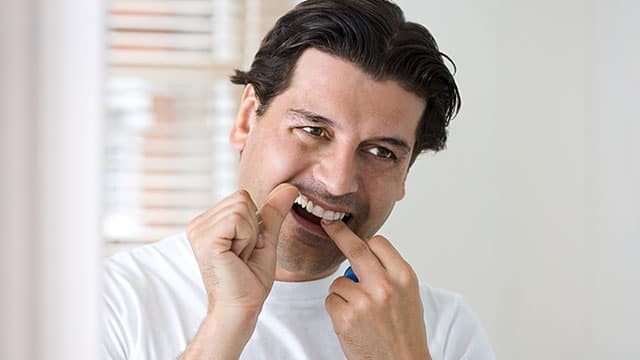
Do you avoid flossing because you have braces, a dental bridge or a permanent retainer? A floss threader may be just the tool… Read more at Colgate.com

Flossing is a critical dental health habit that all too often falls by the wayside. Here's how to use interdental products, such as dental tape or floss.
Related Products

Helping dental professionals
More professionals across the world trust Colgate. Find resources, products, and information to give your patients a healthier future




